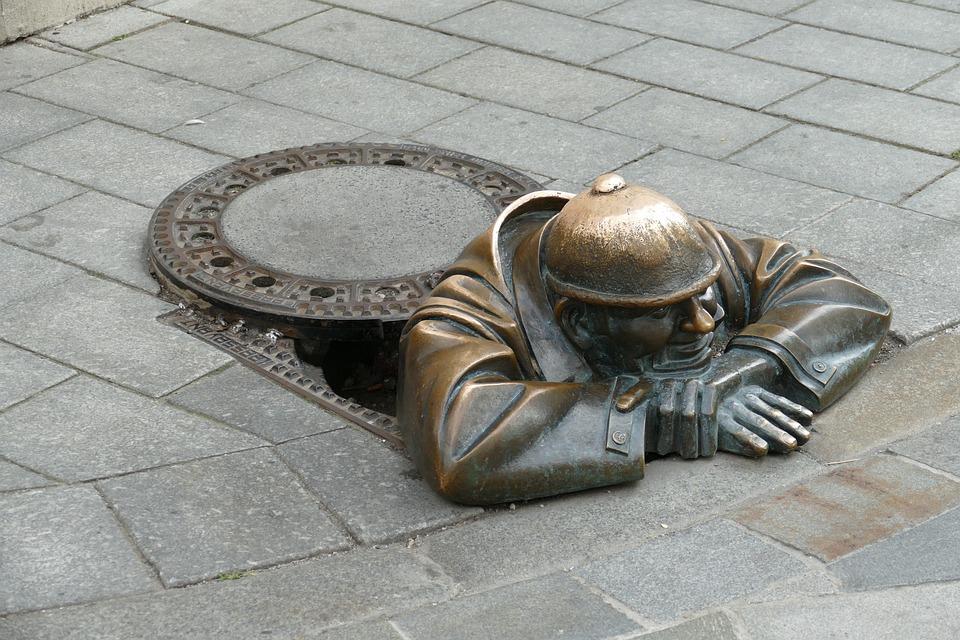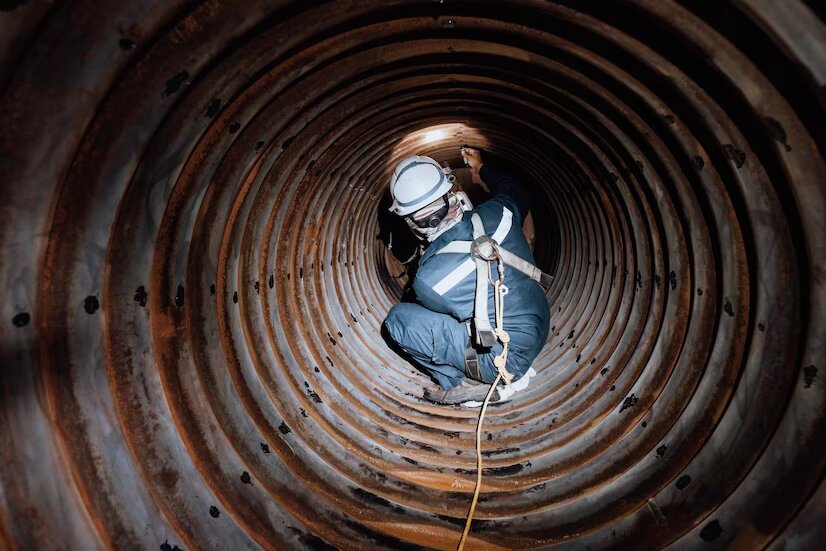All About Confined Spaces

Confined spaces refer to any areas that are large enough for a person to enter, but have limited means of entry and exit, and are not designed for continuous occupancy. These spaces present unique safety hazards due to their restricted size, lack of ventilation, and limited access points.
Categories Of Confined Space
Confined spaces are broadly categorized into two groups: non-permit and permit-required spaces. Permit-required confined spaces require posted signs stating entry necessitates a permit. These spaces frequently contain major health and safety hazards including:
- Oxygen deficiency: Respiratory distress or asphyxiation can result from a lack of oxygen.
- Flammable atmospheres: Risk of explosion exists from ignitable fumes or vapors.
- Toxic contaminants: Exposure to poisonous gases, vapors, mists, fumes, or airborne particles can lead to injury, illness, or death.
- Mechanical dangers: Include entanglement, crushing, piercing, or shearing from poorly maintained equipment, wiring, or piping.
- Loose debris: Risk of entrapment or suffocation under stockpiled materials like grain, sand, gravel, etc.
Uses Of Confined Spaces
Maintenance And Repair
Plumbers, electricians, and mechanics frequently work in confined spaces to access infrastructure, pipes, wires, tanks, vessels, and equipment. Tight access points and limited visibility increase risks like entrapment, engulfment, or exposure to hazardous atmospheres. Proper precautions must always be taken.
Storage
Warehouses, shipping containers, silos, vaults, and tanks are often used to store materials, goods, or liquids in a confined space. The contents and lack of airflow can create dangerous conditions for anyone entering. Testing air quality and using safety harnesses are critical before entry.
Agriculture
Manure pits, silos, and tanks are common on farms, ranches, and dairies. Gasses produced by decaying organic matter like manure, feed, grain, hay, or silage can rapidly fill the confined space, leading to asphyxiation or explosions. Continuous monitoring of air quality is required for work in these areas.
Read Also: Don’t Ignore These 5 Signs Of A Choked Floor Drain
Construction
Excavations, trenches, shafts, sewers, tunnels, and underground structural voids are frequently encountered in construction. Collapsing walls, flooding, gas leaks, hypothermia, and equipment accidents pose major risks due to restricted access and limited visibility. Workers must be properly trained, use safety equipment and never enter alone.
Recreation
Some recreational activities also involve confined spaces, such as caving, cave diving, adventure courses with obstacle courses or mazes, and ropes courses with zip lines or swinging bridges over cliffs, rivers, or valleys. Proper precautions, training, and experience, are required for confined space entry. Safety gear and knowledge of emergency procedures can help prevent injury or death in these spaces.
Risks Associated With Confined Space
Among the dangers of confined spaces, these are some of the following:
- Because of dangerous chemicals in the atmosphere, inadequate ventilation can make the environment dangerous for human life.
- It is possible for the air’s oxygen content to fall below what is necessary for human survival.
- Nitrogen can occasionally be purposefully injected into a place to put out a fire. Since nitrogen cannot support life, respiratory protection is required.
- A spark has the power to ignite a variety of hazardous gases.
- A confined space poses an explosion risk even from dust. Grain, fibers, and plastics that have been finely powdered can blow up when ignited.
- Physical risks in confined areas are common, including moving machinery and equipment.
To Wrap Up
In all cases, the key is recognizing and mitigating the risks that come with confined, restricted access and limited visibility or ventilation. When working or playing in these spaces, safety should always come before convenience or adventure. With proper precautions and training, confined spaces can be safely accessed and enjoyed without danger. But one mistake in a confined space often leads to tragedy, so vigilance is critical.
read Also:












Leave A Reply